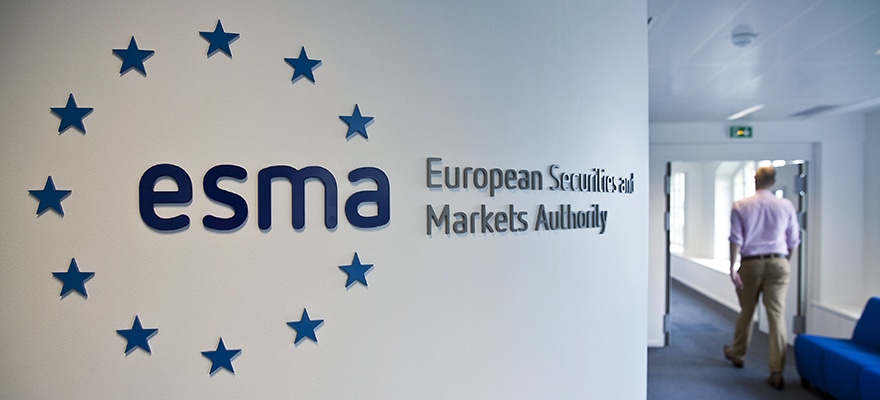In the constant attempt to differentiate their services from those of their competitors, Forex brokers have long since started to offer non-currency-related products on their trading platforms. Typically this starts with the assets which trade in a similar way to currencies, such as the precious metals, and then extends into energy products, equity indices and occasionally products based on single stocks.
Single stocks are generally the last item to be added, as they can trigger MiFID reporting requirements in certain European jurisdictions, such as the UK. Some national authorities, such as the Irish regulator, would also require the reporting of OTC products based on Equity Indices. However, every product on the list became subject to regulatory reporting requirements with the introduction of EMIR.
I have given some indication in previous articles of how rolling spot forex should be reported (that is, as a CFD based on the underlying currency pair). The first pitfall to avoid in preparing EMIR reports is when your currency pair looks like XAU/USD or XAG/USD. These indicate trades based on Gold and Silver, which are categorised as commodities rather than currencies under EMIR. The practical implication is that when reporting metals trades the Asset Class field in your report should be set to CO (Commodity) rather than CU (Currency). It will then be the Commodity-specific section of the reporting grid which is used to indicate the underlying asset, with ME (Metal) in the Commodity Base field and PR (Precious) in Commodity Details. In effect you will end up with Gold, Silver and other precious metals being reported in exactly the same way, with their records indistinguishable from each other except by consulting the price field.
Energy products such as Oil and Natural Gas will also follow the commodity reporting pattern shown above, with the difference that Commodity Base will be shown as EN (Energy) and Commodity Details will be OI (Oil) or NG (Natural Gas). Full lookup tables of the available values are contained in the ESMA Technical Standards, and repeated in most Trade Repository file specifications.
Only when reporting equity products do you get to use the generic Underlying fields (which according to the latest ESMA Q&A should be set to NA for Commodities and FX trades). For equity index trades, you will need to put I (for Index) in the Underlying field and for single stocks you can put the stock’s actual underlying ISIN. Remember also to categorise these products correctly with EQ (Equity) in the Product Id 1 field.
Finally, you will need to remember to adjust your Price Multiplier field to reflect the appropriate lot size for the different products. While FX pairs may operate on standard lot sizes of up to 100,000, for most other products the scaling factor will be much smaller. For further advice and tailored support contact me (mark.kelly@abide-financial.com) or look out for Abide at the Cyprus conference in May.














